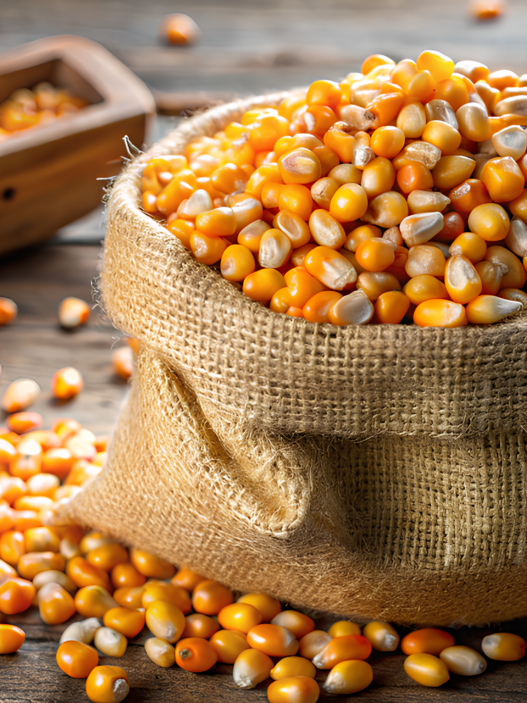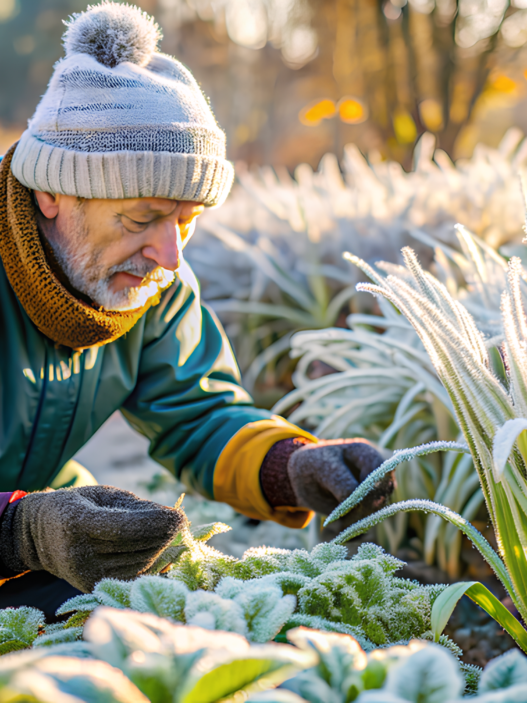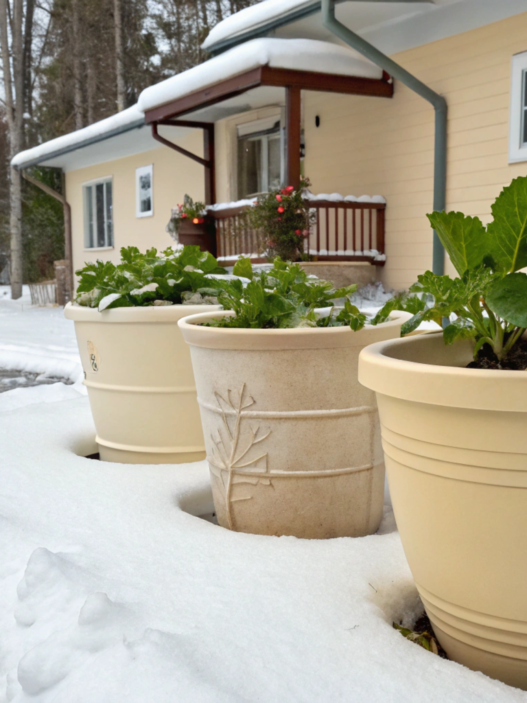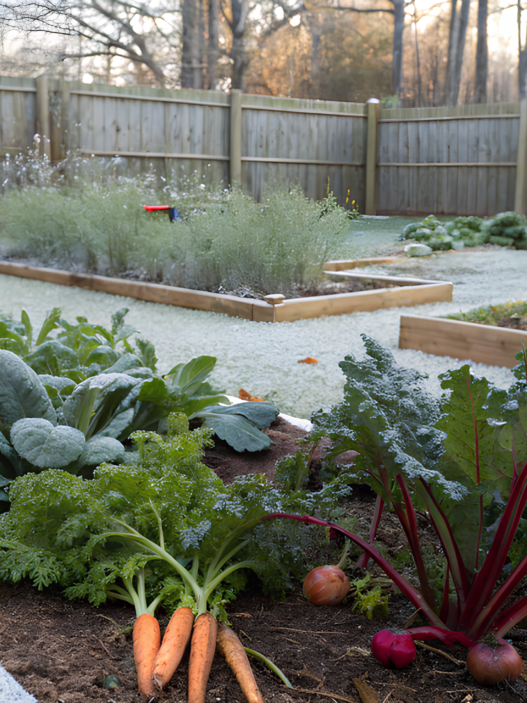One of the best ways to increase the yield of your garden is to warm up your compost pile. In this article, I’ll explain how to speed up warming up your compost pile and try to explain why it’s important for creating rich, nutrient-rich compost that greatly increases the yield of the crops in your garden. Composting is an important part of a healthy permaculture system, and heating your compost pile speeds up the decomposition process and improves compost quality.
I will discuss how to heat your compost and what key factors are important for the process to be effective. I will also recommend a few products that will help you with the process and make it much easier, and share practical tools that have saved me a lot of effort.
Why a compost heap needs heat
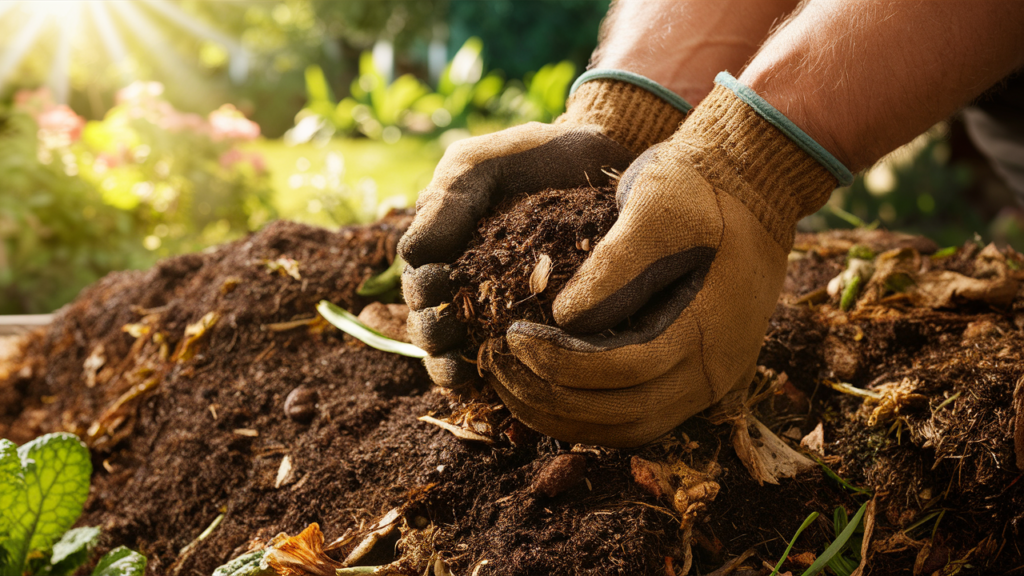
Heat in compost is necessary for organic materials to decompose quickly and efficiently. When compost is properly heated, its temperature reaches 57-71°C (135-160°F). At these temperatures, the bacteria and microorganisms that decompose materials function much more quickly and productively. In addition, harmful pathogens as well as weed seeds and disease are destroyed, and you get healthy, fertile compost that will greatly benefit your garden plants.
My first attempts at composting were just awful. The pile of compost just stood on my plot, cold and lifeless and I had absolutely no idea what to do with it. It was only after I learned that you have to heat the compost first that things changed for the better. If you have ever experienced something like this and your compost decomposes very slowly, you are not alone. That’s when I learned that you can speed up the decomposition process and make your compost heap viable. So, how do you do it?
1. Balance green and brown materials

A compost pile is always a balance, especially between “green” nitrogen-containing materials (such as vegetable waste and grass clippings) and “brown” carbon-containing materials (such as dry leaves, paper and straw). I can tell you from experience that maintaining the right ratio of these components is the first step to warming up your compost pile.
Most importantly, the golden rule is to aim for the right ratio of carbon to nitrogen. You don’t need to be very precise, but in practical terms it’s about two-thirds “brown” materials to one-third “green” materials. If there are too many green materials in the pile, it will become wet and smell bad. If there are too many browns, it won’t warm up.
Tip. Use a compost thermometer (inexpensive options can be found on Amazon) to regularly check the temperature of your pile. This tool makes life much easier for gardeners
2. Aerate the compost regularly

One thing I quickly learned is that a compost pile needs oxygen to function properly. Without oxygen, your compost can turn into a slimy and bad smelling mass. I’m not exaggerating when I say that turning your pile regularly is essential to maintaining its temperature. Aeration helps oxygen get into the compost pile, which helps the aerobic bacteria responsible for heating it up…..
I try to stir my compost pile at least once a week, especially when I notice that the temperature is slowly dropping. You can use a regular pitchfork, but I personally prefer a special tool for aerating compost, which makes the task much easier. This tool saves my back and helps to keep the compost in the right condition, ready to be heated up.
3. Size matters

This is exactly the case where this statement really matters. If the compost heap is too small, it is harder for it to warm up, because there is not enough mass to hold the heat to keep the microorganisms active. In my opinion, the most suitable pile size is about 1 cubic meter. Such a compost pile retains heat better, which consequently helps the decomposition process.
Of course, everyone has different conditions, especially if you are working on a small area like ours. But if you manage to allocate a little more space for the compost heap, it will have a positive result.
4. Add manure or nitrogen boosters
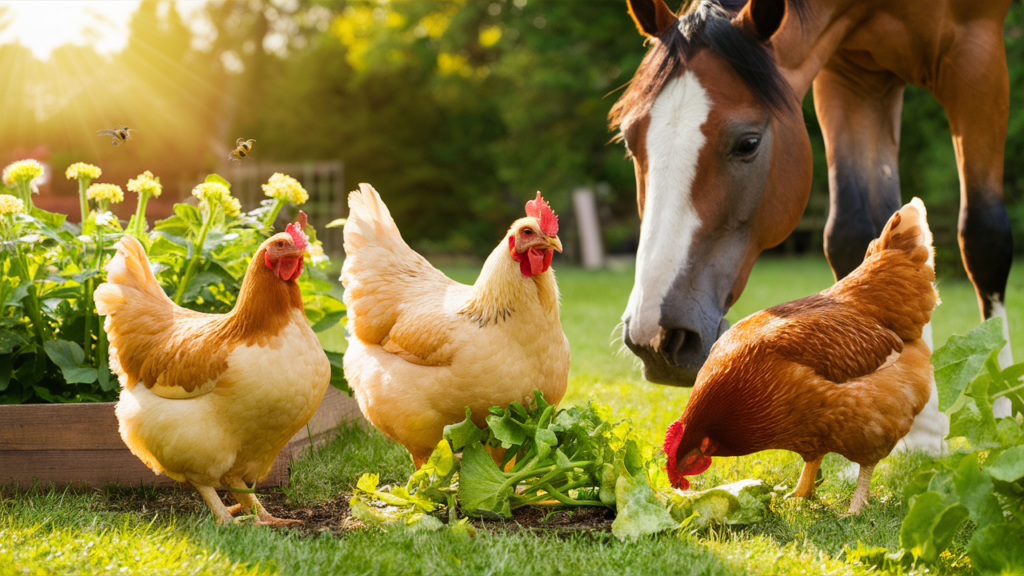
Sometimes you need to make an effort and help your compost pile warm up….. One of the best ways is to add manure or another nitrogen-containing fertilizer to your compost….. I, for example, often use chicken manure from our birds or horse manure, which really help the heating process. If you don’t have livestock, you can use nitrogen supplements like alfalfa meal or compost accelerators (you can find these on Amazon too).
These nitrogen-containing fertilizers help the microorganisms work faster, and this greatly speeds up decomposition, thereby increasing the temperature of the compost. The important thing here is not to overdo it, too much nitrogen is also bad, it can make the pile too wet. I, for example, prefer to add a little at a time and monitor the temperature for a few days.
5. Maintain the humidity level
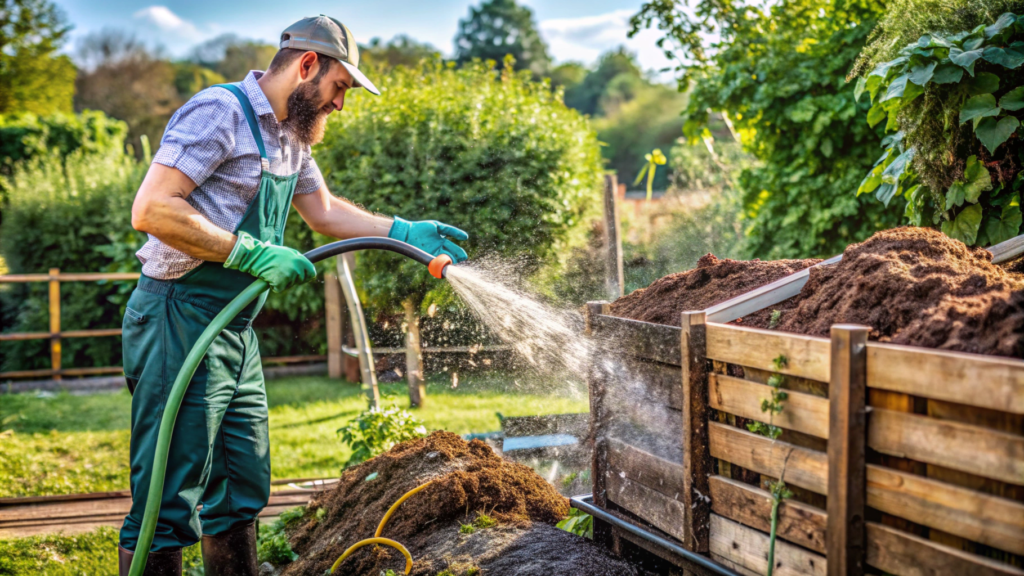
Humidity is an important condition for heating the compost pile. If there is not enough water, it will not allow the pile to heat up properly, and too much water will spoil it. The compost should feel like a wrung-out sponge: damp, but not too wet.
I once forgot to check the humidity and ended up with a dry compost pile, absolutely unsuitable for heating. Now, to prevent this, I always check the humidity when I mix the compost and add water if necessary. When there is no rain for a long time, I often use a hose to moisten my compost a little. And the main thing here is not to overdo it.
6. Insulation to keep the heat in
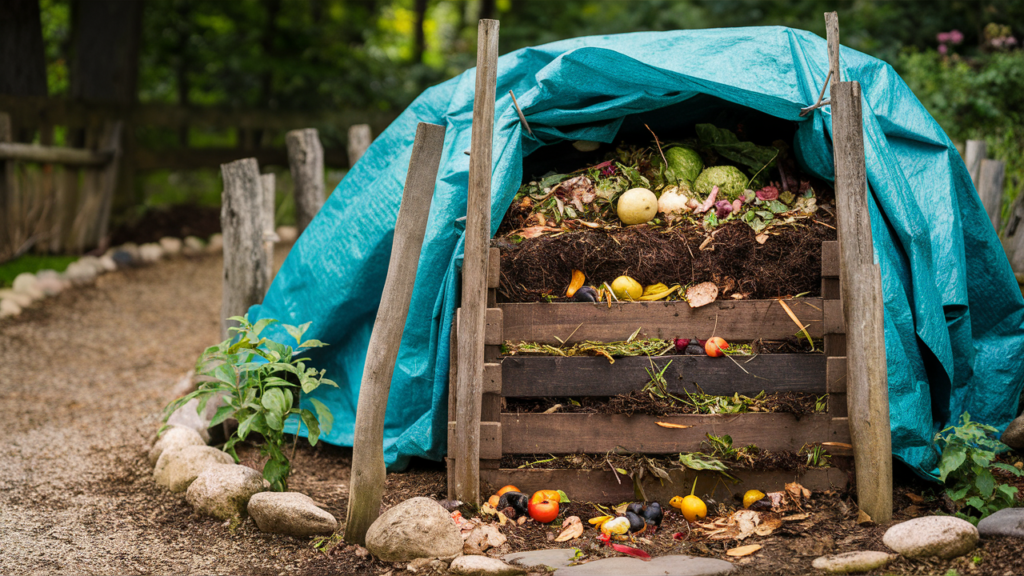
Compost piles can get cold quickly, especially if you live in a cold climate like ours in Idaho. Insulation is a big help here. For example, you can cover your compost pile with a tarp or add a few more layers of straw or leaves around the edges. This helps to keep the heat in. It’s like putting a cozy blanket over your compost. This helps to keep the heat in and the right amount of moisture in.
And of course, you should try to place your compost pile in sunny spots, this will make the most of the sun’s heat during the day and will not make the pile very hot, it will just provide extra warmth in the colder months.
7. Be patient but persistent
Composting takes time and this is something to remember. Even with all of the above recommendations, it may take some time for the pile to warm up, especially if the weather is cool. You just have to keep mixing the compost, checking the moisture, and adjusting the ratio of green to brown materials, and soon your compost pile will turn into a rich, dark compost that any gardener will love.
Interesting fact. Did you know that the temperature of your compost pile can reach up to 71°C? That’s hot enough to kill most weed seeds and pathogens, making your compost not only nutritious but also safe for your garden.
To summarize
How to speed up the heating of your compost pile: keep a balance of materials, aerate your compost regularly, monitor moisture levels, and add nitrogen boosters. In this way, you create a composting system that works quickly and efficiently. With a little patience and attention, your compost pile will soon become a mineralized, dark compost that will benefit your garden plants.
If you’re interested in learning more about farming, be sure to check out our other articles on reclaiming neglected gardens and growing food on small plots.
Have fun composting!





